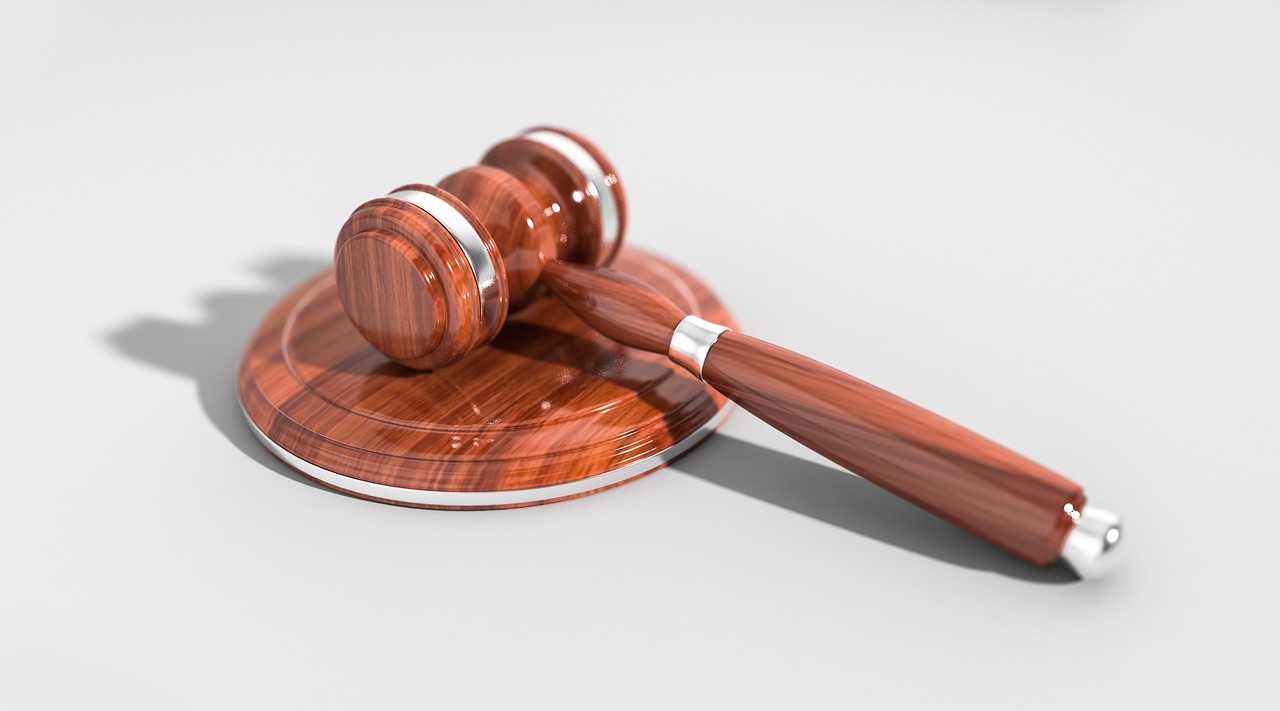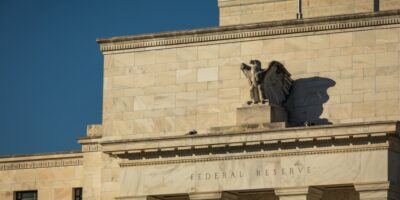Towards Lawful Money
Over the past several weeks, I have argued that current monetary institutions are incompatible with the rule of law; that those monetary institutions do not work well at delivering macroeconomic stability; and that we should seriously explore alternative regimes that adhere to the rule of law, especially those conducive to monetary cosmopolitanism. The next question is, how do we get there? What do we do if we want to move towards lawful money?
This is an incredibly difficult question, because institutional transition is fraught with practical difficulties that ‘pure’ comparative institutional analysis is not. Nonetheless, it’s important at least to sketch out some possible ways forward. The least that should be done is to remove artificial legal barriers to currency experimentation and other forms of competition with the existing fiat money regime. Laws should provide for the enforcement of contracts denominated in other forms of money than fiat dollars. Unfair taxes on gold and silver coins should be abolished. Sections of the US Code that criminalize private minting of coins intending to circulate as money should be removed.
But the really difficult questions come after this. What sort of monetary standard should we embrace? Historically, the most recent approximation of a rule of law system was the international gold standard. The US could move back towards a gold standard by announcing a future date on which, going forward, the US dollar would be backed by and redeemable in gold. This would require massive changes in the banking sector as well, since one of the benefits of a healthy gold standard system is that the banking system itself can create money (bank liabilities) to meet the needs of commerce. Making these changes would be incredibly difficult, due to the political capital that would have to be spent.
A more promising way might be not to pick or design a system from the top-down, but let one emerge bottom-up. In addition to the comparatively small legal changes mentioned in the second paragraph, new laws could allow for the development of a parallel banking system by first allowing banks to opt out of the incomprehensible maze of counterproductive financial regulation currently on the books provided they voluntarily adopt some form of extended liability—a provision almost universal in historical free banking systems. Instead of moving to an entirely new monetary base, existing US dollars could serve as the monetary base. If the monetary base were frozen or set to grow at a predetermined rate every year, the new banking system could conduct financial intermediation with the predictable dollar system as its pillar, which would also approximate a free banking system. This too would be quite politically costly to secure, but it would probably be much easier than the gold standard route.
A third possibility would entail even lower political costs, but much higher standard economic transaction costs. This involves eschewing political remedies and building new monetary institutions from the ground up, as is being done with radical innovations in decentralized payment systems, of which bitcoin is the most prominent example. The logic here is, “Don’t argue; build.” Rather than going through established legal reform routes, monetary institutional entrepreneurs could actually construct the necessary institutional machinery to get a parallel money and banking system up and running. The big risk here is that, were such a system an actual threat to the existing unlawful fiat money-discretionary central banking system, regulators would try to crush it. But if the promises of crypto-optimists pan out, this might be beyond regulators’ power.
None of the above strategies is mutually exclusive. Individuals interested in monetary reform could pursue multiple avenues according to their personal vision and comparative advantage. What’s most important is for a number of alternative arguments to flourish. The more feasible alternatives there are, the less reason there is to be satisfied with our illiberal existing monetary institutions.
Discretionary central banking has had its day. It infringes on individual liberty and doesn’t work very well besides. It’s time to insist on lawful money.











